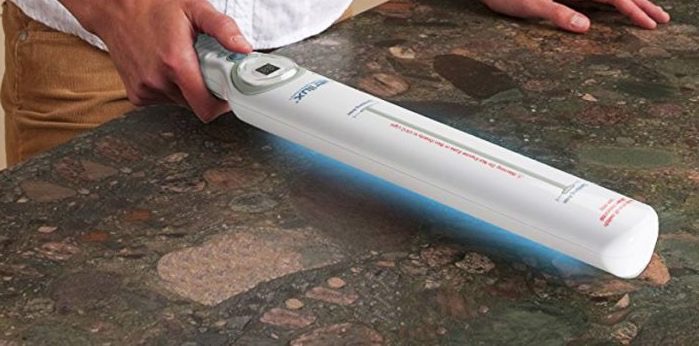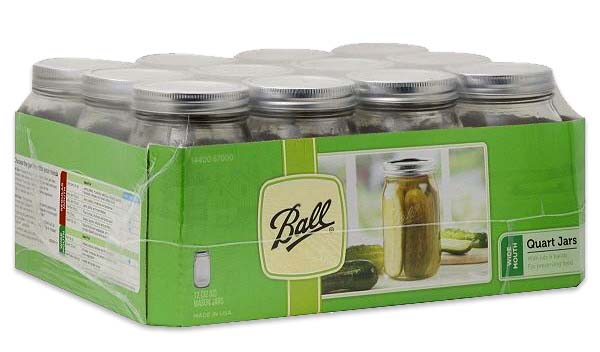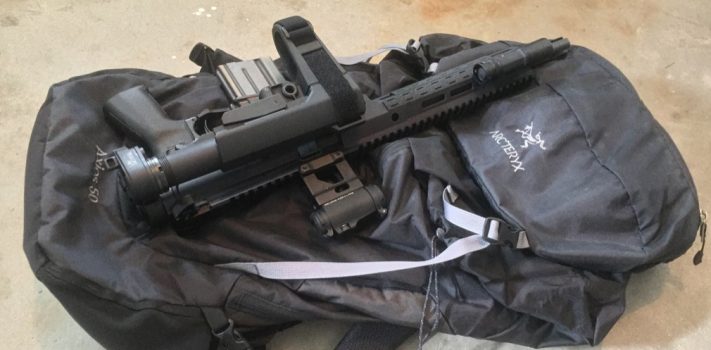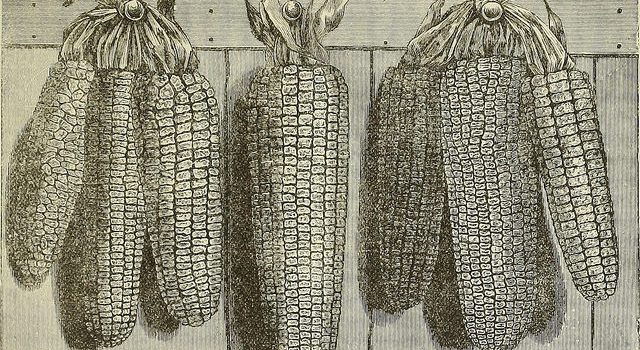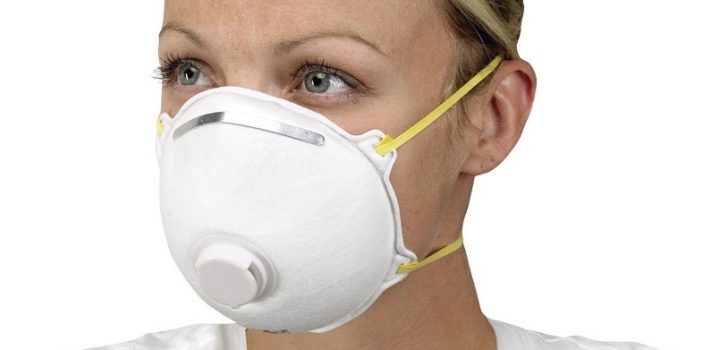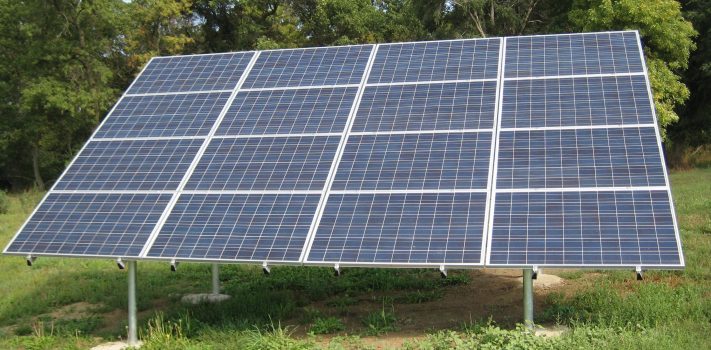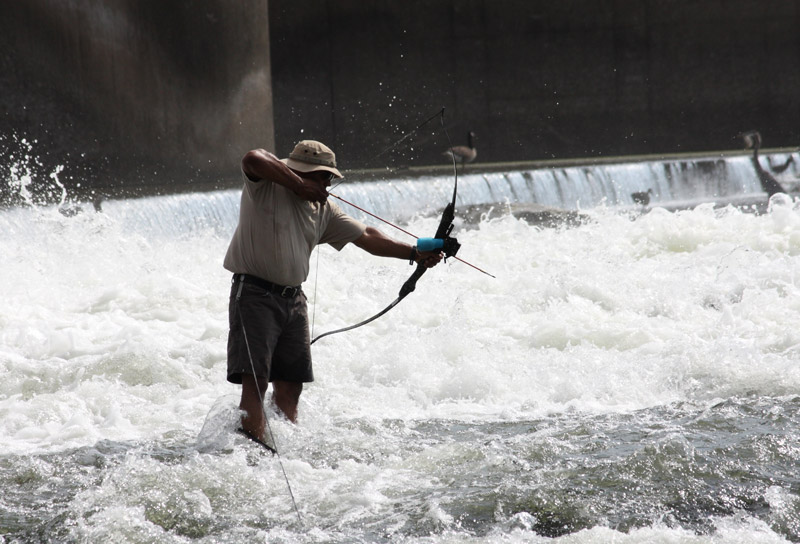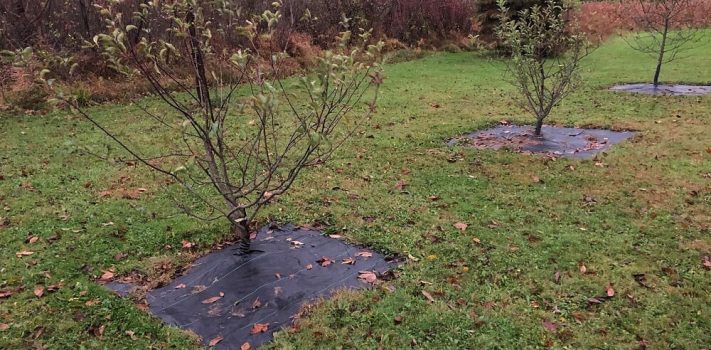A Primer on UVC Light – Part 1, by Dr. David J.
Whatever your take on COVID 19, it has certainly sharpened our focus on contagious disease. As we spiral downwards as a society, it’s a good bet that other contagious disease will be visiting us more often. It is important to remember COVID 19 has not made other diseases fade away, even if the media attention on this virus makes it seem that way. Preppers often focus on bullets, beans and bandages – weapons, stored foods and trauma-related first aid supplies, but realistically disease is probably the main killer in any long-term scenario. The purpose of this article then, is to …

